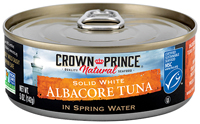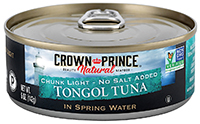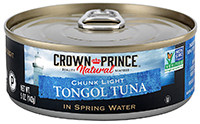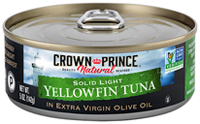   Contact Us |
Mercury And TunaOn March 19, 2004, the Food and Drug Administration and Environmental Protection Agency released their joint revised consumer advisory on mercury in fish. The advisory targets women who might become pregnant, women who are pregnant, nursing mothers and young children. That same month, the FDA also posted a document on their website titled Fish is an Important Part of a Balanced Diet. In a separate document on their website, the FDA states the key parts of the advisory: "Fish and shellfish are an important part of a healthy diet. Fish and shellfish contain high quality protein and other essential nutrients, are low in saturated fat and contain omega-3 fatty acids. A well balanced diet that includes a variety of fish and shellfish can contribute to heart health and children's proper growth and development. Thus, women and young children in particular should include fish or shellfish in their diets due to the many nutritional benefits. 1. Do not eat Shark, Swordfish, King Mackerel, or Tilefish because they contain high levels of • Five of the most commonly eaten fish that are low in mercury are shrimp, canned light 3. Check local advisories about the safety of fish caught by family and friends in your local Also on their website, the FDA states that "research shows that most people's fish consumption does not cause a health concern." The American Heart Association also recommends two servings of fish per week. |
 Crown Prince Natural Solid White Albacore Tuna in Spring Water - No Salt  Crown Prince Natural Solid White Albacore Tuna in Spring Water  Crown Prince Natural Chunk Light Tongol Tuna in Spring Water - No Salt  Crown Prince Natural Chunk Light Tongol Tuna in Spring Water  Crown Prince Natural Solid Light Yellowfin Tuna in Olive Oil  Crown Prince Natural Chunk Light Yellowfin Tuna in Spring Water |
Home | Product Lines | Locate Our Products | Customer Service | Recipes | Healthy Living | Sustainability | Privacy Policy |
|||
|
Copyright © 2025 Crown Prince, Inc. Webmaster: sales@crownprince.com |
     |
||
